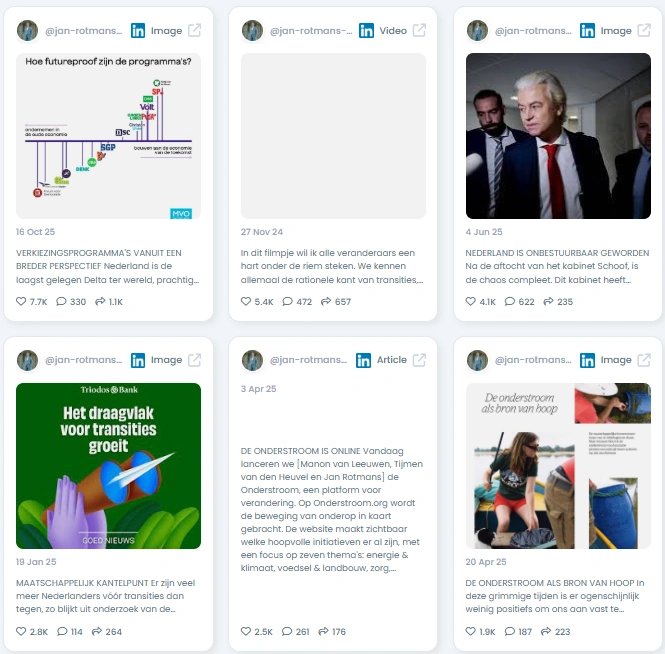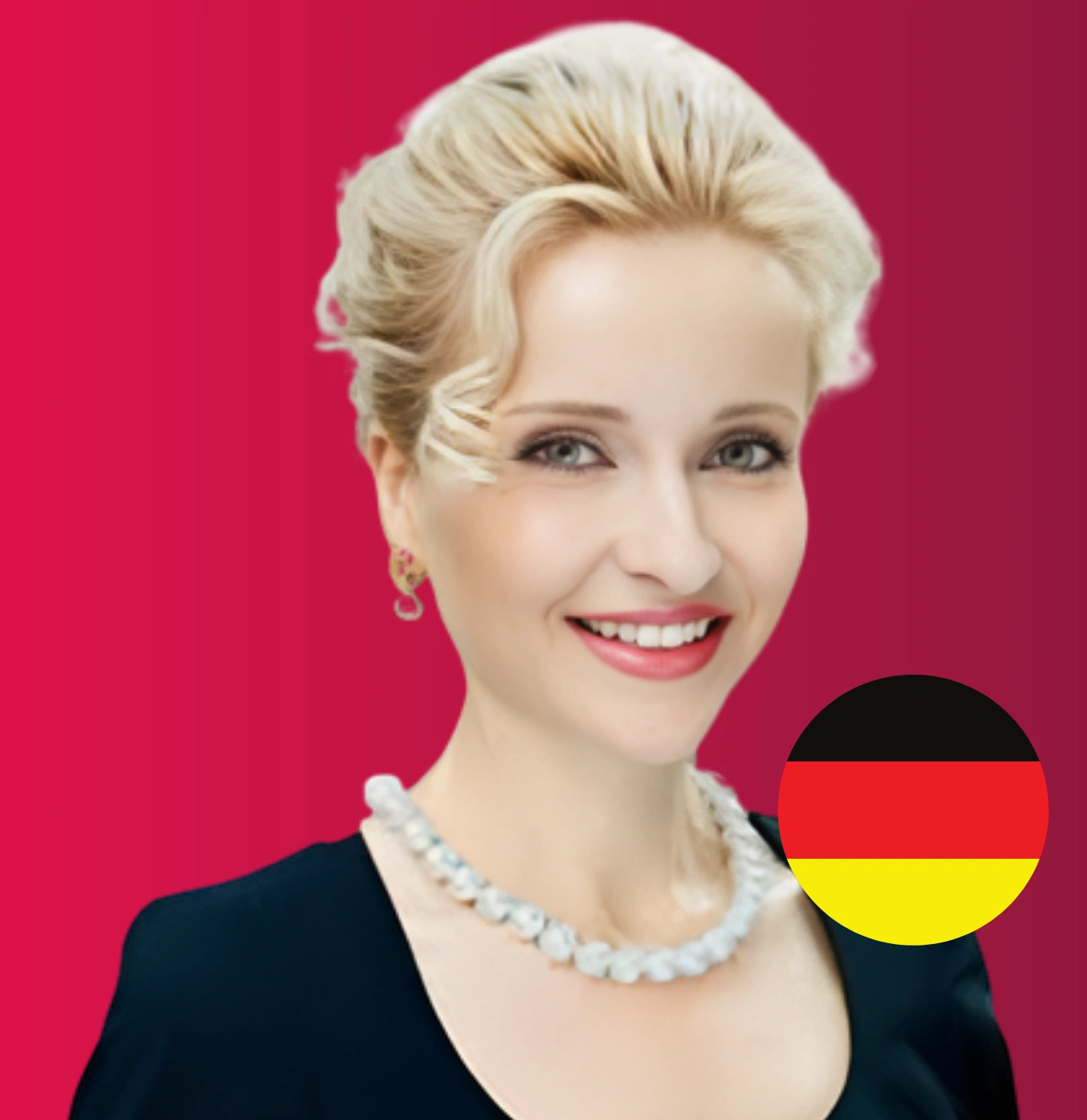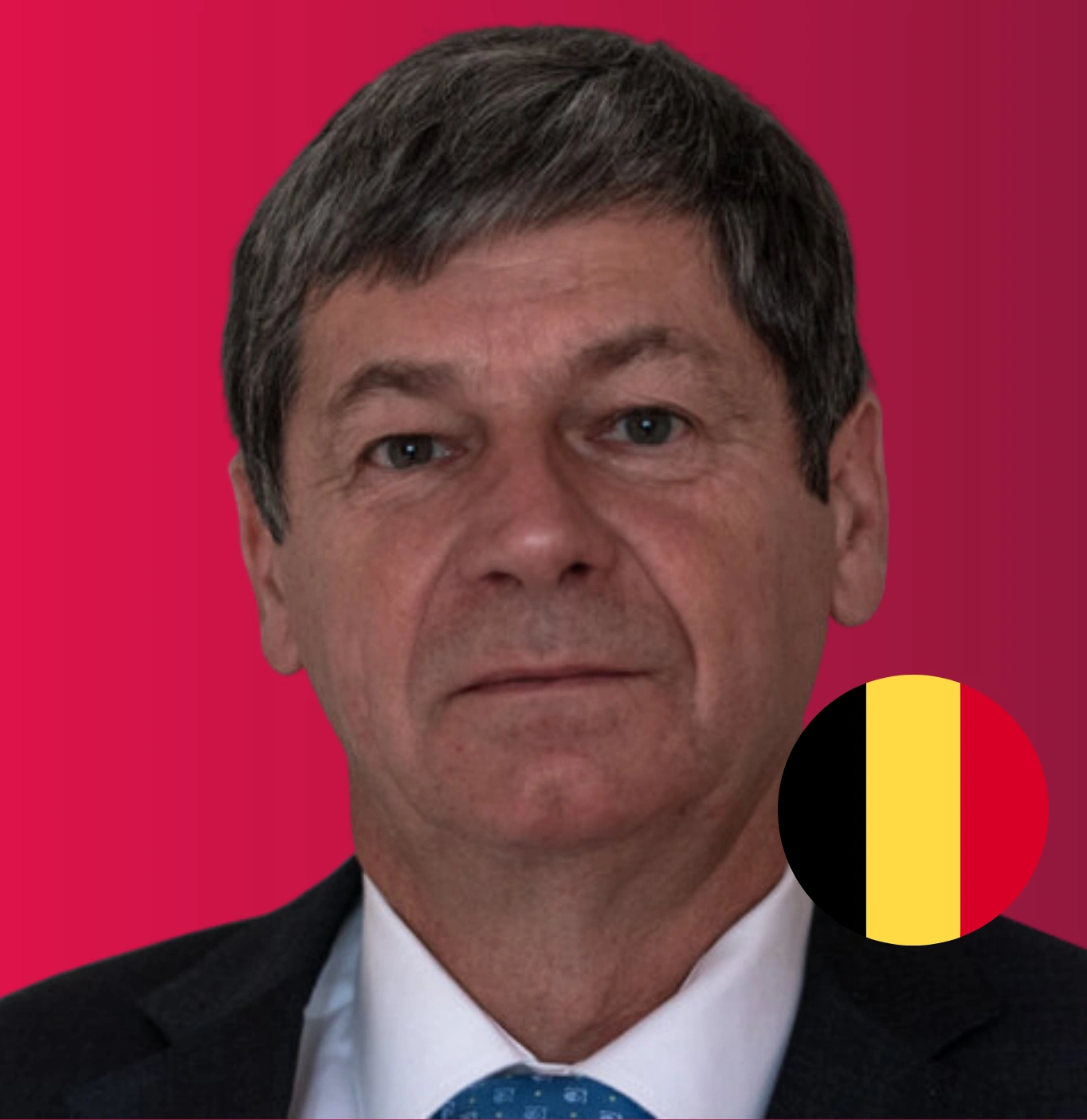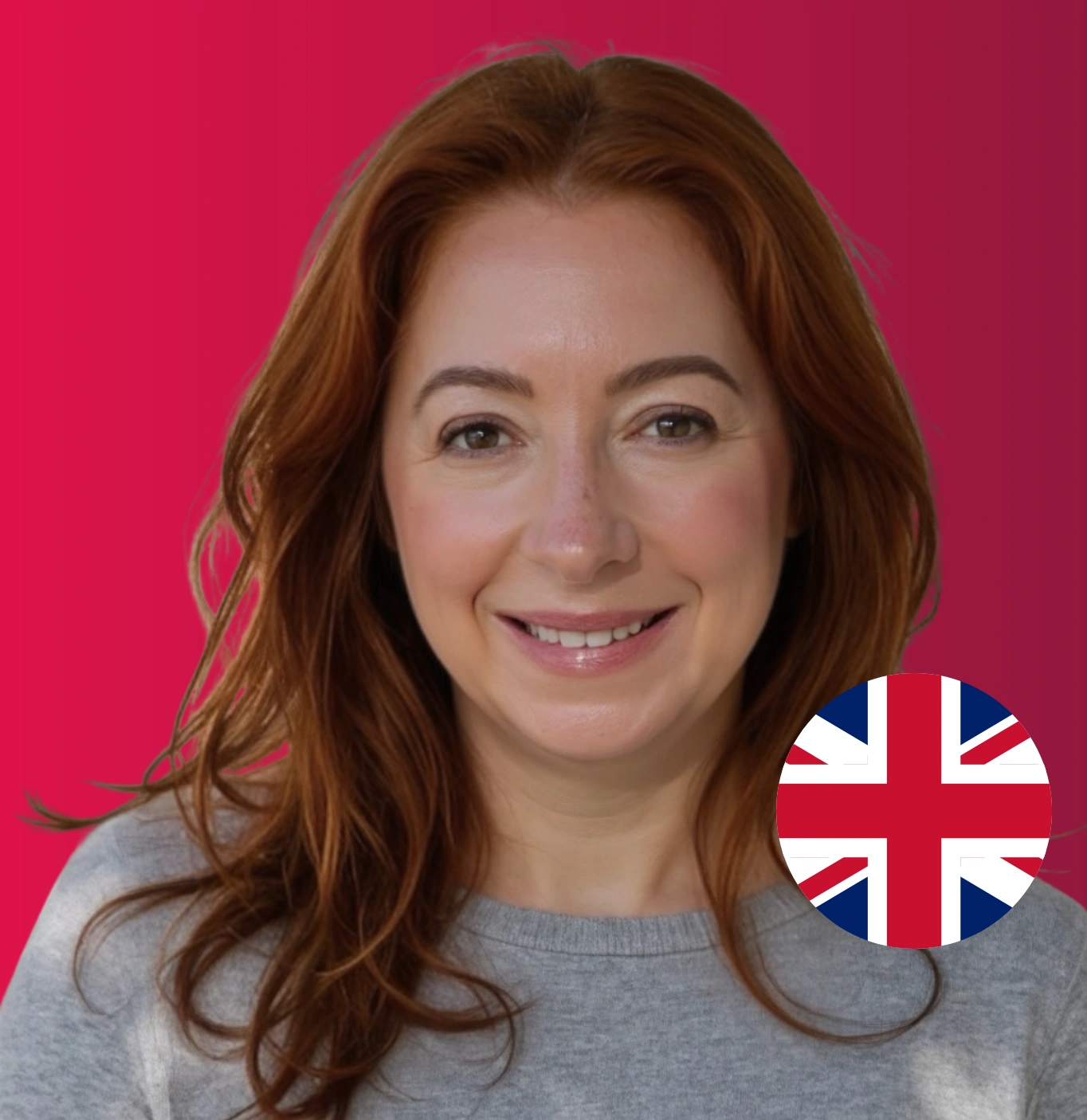Blog & Articles
Your ultimate ressource for the creator economy
Methodology & Rankings
About Favikon, rankings, tools & much more.
Insights
The recipe behind Favikon's viral & coveted rankings.
Free tools to power your influencer marketing workflows.
See Favikon users' success stories.
Get access to all Favikon rankings.
Become a Partner
Become an Affiliate
About the team behind Favikon
The place to talk creator economy, together


Featured Rankings

Here is the Top 50 Rising Video Creators on LinkedIn. Video is quickly becoming the platform’s most powerful format, with creators gaining more reach and engagement than ever. As Gen Z grows its presence and tools like BrandLink and Thought Leader Ads support content creation, LinkedIn is doubling down on video. This ranking, made in partnership with OpusClip, celebrates the creators leading this shift and aims to inspire anyone ready to start sharing through video.

Here is the Top 50 Rising Video Creators on LinkedIn. Video is quickly becoming the platform’s most powerful format, with creators gaining more reach and engagement than ever. As Gen Z grows its presence and tools like BrandLink and Thought Leader Ads support content creation, LinkedIn is doubling down on video. This ranking, made in partnership with OpusClip, celebrates the creators leading this shift and aims to inspire anyone ready to start sharing through video.
Who is Jan Rotmans?
Jan Rotmans is one of Europe’s clearest voices on sustainability transitions. He blends academic rigor with practical roadmaps leaders can use today.

.png)

Elena Freeman designs partnerships and events at Favikon. She cares about building spaces where creators, brands, and ideas meet in ways that feel real and memorable. From partner programs to community gatherings, she focuses on making connections that spark collaboration and professional growth.
Check Brand Deals
Jan Rotmans: Turning systems thinking into real-world change
Jan Rotmans is one of Europe’s clearest voices on sustainability transitions. He blends academic rigor with practical roadmaps leaders can use today. His posts read like mini-lectures with data, history, and sharp takeaways. People follow because he explains a complex transition in simple, human terms.
1. Who he is
Jan is Professor of Sustainability and Transitions at Erasmus University and a pioneering thinker on systems change. Over four decades he has developed frameworks on transition theory, energy systems, and the circular economy, and he has advised public and private leaders on how to act. His work moves from policy to practice, mixing research with concrete transition programs. Online, he shares evidence-backed positions on climate, PFAS, and energy security, often challenging the status quo with clear reasoning. He positions himself as a bridge between science, policy, and society, showing how complex systems can actually be steered.
2. A Network of Heavyweights
Jan’s orbit spans universities, research institutes, ministries, and cross-industry coalitions in the Netherlands and across Europe. Policymakers, climate scientists, and business leaders engage with his threads and invite him into high-level debates. His reach covers academia, government, and enterprises looking for credible transition strategies. The network signals authority and influence where regulation, technology, and public interest meet.

3. Why people listen

He is direct, calm, and deeply prepared. Posts come with numbers, citations, and historical context, then end with clear actions. He welcomes respectful disagreement and turns it into teaching moments, which keeps discussions smart and civil. The style is professorly yet accessible, so people leave with both a new idea and a next step.
4. Authenticity that resonates

Jan holds a Favikon Authenticity Score of 100/100. Comments show genuine intellectual discourse with personal anecdotes and constructive debate. His writing is clearly human with varied structure and no templated phrasing. He mixes original frameworks with field data and personal reflections from decades in transition research. It feels like sitting in a graduate seminar that anyone can understand.
5. Numbers that back it up

His audience grew naturally from 55,000 to 74,600+ followers over more than two years with no suspicious spikes. He pairs an Influence Score of 8,206 points with Engagement Quality at 92 and Post Content at 91. Expertise is rated 95, reflecting long-standing academic credentials and citations. The posting rhythm is steady and discussion quality stays high, with low generic praise and plenty of substance.
6. Collaborations that matter
Jan collaborates with European universities, Dutch ministries, and cross-sector alliances on climate and energy transitions. He contributes research to policy processes and participates in public forums that shape national debates. He supports programs on circular economy, PFAS response, and just transition measures. Media and conference organizers rely on him to translate science into policy and business language.
7. Why brands should partner with Jan Rotmans
If your organization needs credible guidance on climate strategy, Jan brings science, clarity, and trust.
- Executive briefings and board workshops: Translate transition risks and opportunities into a concrete 3-year plan.
- Thought leadership series: Co-author evidence-based essays and reports on energy, PFAS, or circularity.
- Public forums and keynotes: Host debates that connect your stakeholders with policy and academia.
- Advisory on pilots: Design and evaluate circular or net-zero pilots with measurable outcomes.
8. What causes he defends

Jan champions Climate Change action and Education for Everyone. He argues for rapid but orderly energy transitions backed by systems thinking and social justice. He educates the public through open lectures, media appearances, and plain-language posts that invite dialogue. He pushes for broad access to scientific knowledge so citizens can participate in decision-making.
9. Why Jan Rotmans is relevant in 2026
The next two years will turn climate promises into regulation, procurement, and infrastructure. AI will speed modeling and monitoring, but leaders still need judgment on trade-offs and social impact. Jan’s blend of theory, data, and civic engagement is exactly what institutions need to navigate change without losing the public. He helps teams design transitions that work in the real world.
Conclusion: Evidence with a public heart
Jan Rotmans proves that rigorous science can be accessible and actionable. He gives leaders the language, numbers, and frameworks to move from pledges to projects. As climate policy tightens and expectations rise, his voice keeps the conversation honest and constructive. That mix of depth and public spirit is why his influence endures.
Related Articles
See all the articlesResources











.png)








